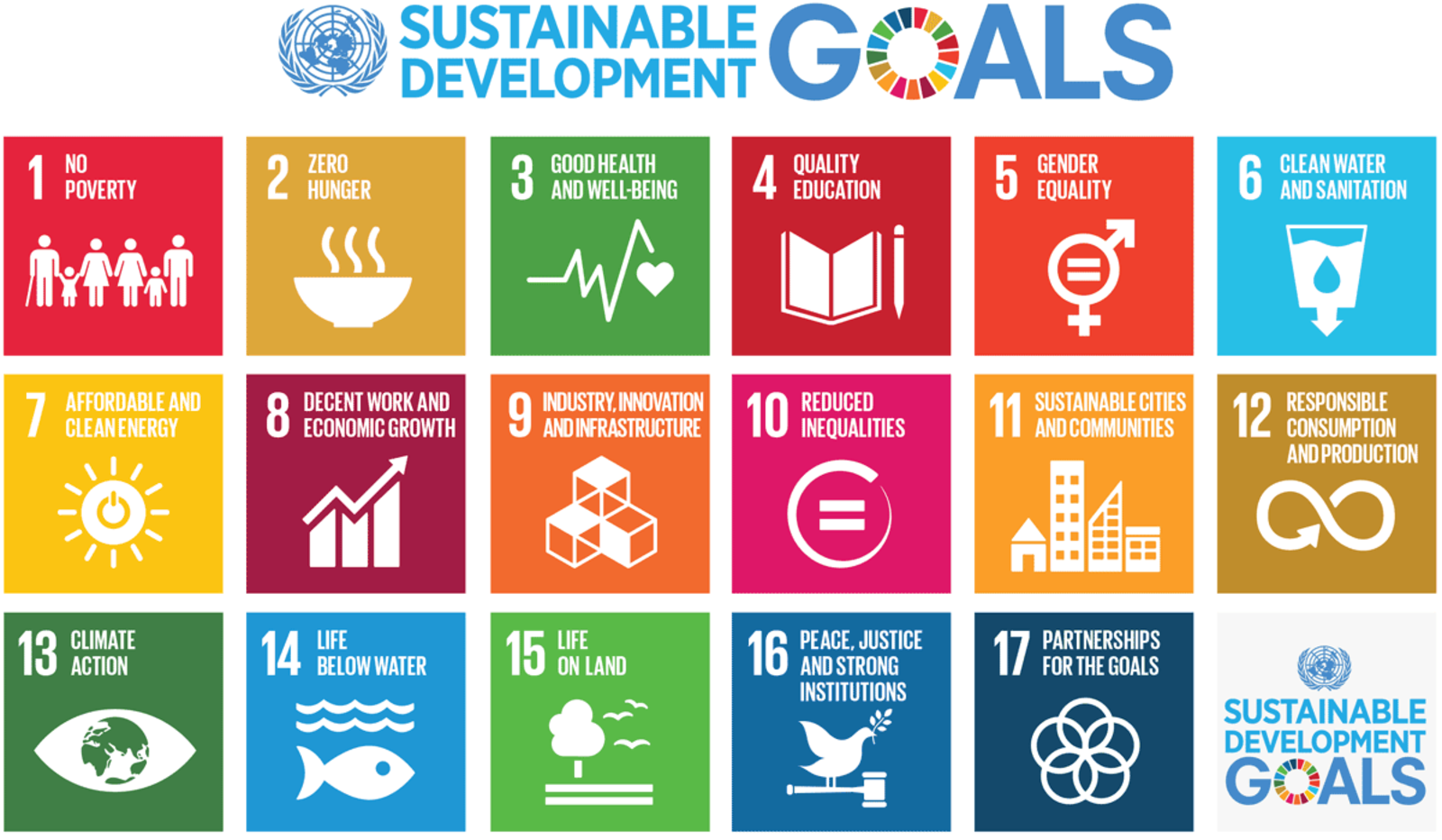advertisement
ICTs heralded by UN chiefs as critical to fast-forward achievement of SDGs
Information and communication technologies (ICTs) now form the backbone of today’s economies – providing individuals with access to such vitally…

Information and communication technologies (ICTs) now form the backbone of today’s economies – providing individuals with access to such vitally important resources as employment opportunities, online banking and healthcare.
As such, United Nations leaders have turned to ICTs to fast-forward efforts to achieve the United Nations Sustainable Development Goals (SDGs). In the new publication, Fast-forward progress: Leveraging tech to achieve the Global Goals, more than 20 UN heads share their perspectives on how and why “ICTs for SDGs” is critical.
According to a press statement the launch of the publication coincided with the meeting of the United Nations’ High-Level Political Forum (HLPF), that took place in New York City, 10-19 July 2017 – which is the voluntary review process of the 2030 Agenda, including the SDGs.
advertisement
With the theme “Eradicating poverty and promoting prosperity in a changing world,” the 2017 HLPF is reviewing progress on six of the SDGs, including SDG9, which seeks to build resilient infrastructure, promote inclusive and sustainable industrialization and foster innovation. While ICTs link most closely to this SDG, as the new publication highlights, ICTs are playing a critical role in achievement of all 17 SDGs.
In his foreword to the publication United Nations Secretary-General António Guterres said, “The impact and implications of the digital revolution are becoming more evident with each passing hour. The 2030 Agenda for Sustainable Development recognizes the great potential of global connectivity to spur human progress. This report presents evidence of how UN agencies are adopting – and adapting – ICTs to maximize their impact and help communities and people in need. We see concerted efforts to extend telecommunication networks and ICTs into remote areas; train and equip workers with new digital skills; and ensure that schools, hospitals, clinics and whole cities are smarter, more energy efficient and safer.”
There are five key take-a-ways from the publication:
advertisement
Leave no one offline – Half of the world’s population, 3.9 billion people, are still offline and cut-off from the vast resources available on the Internet
ICTs are an accelerator for innovation and change – Farmers use satellite imagery to monitor land use, water scarcity and shifting climate patterns. ICTs improve capabilities to gather, analyze, manage and exchange information in all areas of health, from research on molecular genetics to large-scale humanitarian interventions.
Put people first – Be it children, workers or refugees, ICTs support human needs during times of crisis. For many refugees, Internet and mobile connectivity now have a similar level of importance as basic needs such as water, food and energy, because digital connectivity can mean finding a job and having an income.
advertisement
There is no room for complacency – ICTs need to be leveraged now, but there is a need to be vigilant to the risks as well. If access to ICT-enabled services is limited to privileged groups, gaps could increase and hold back the disadvantaged from access to well-paid jobs.
Create new innovative partnerships — Multi-stakeholder partnerships are crucial in order to realize the SDGs, as these are interconnected. Similarly, a coordinated approach to leveraging ICTs to achieve the SDGs can bring added value.
ITU has developed an online platform that outlines the opportunities for ICTs to be leveraged in support of the SDGs here.